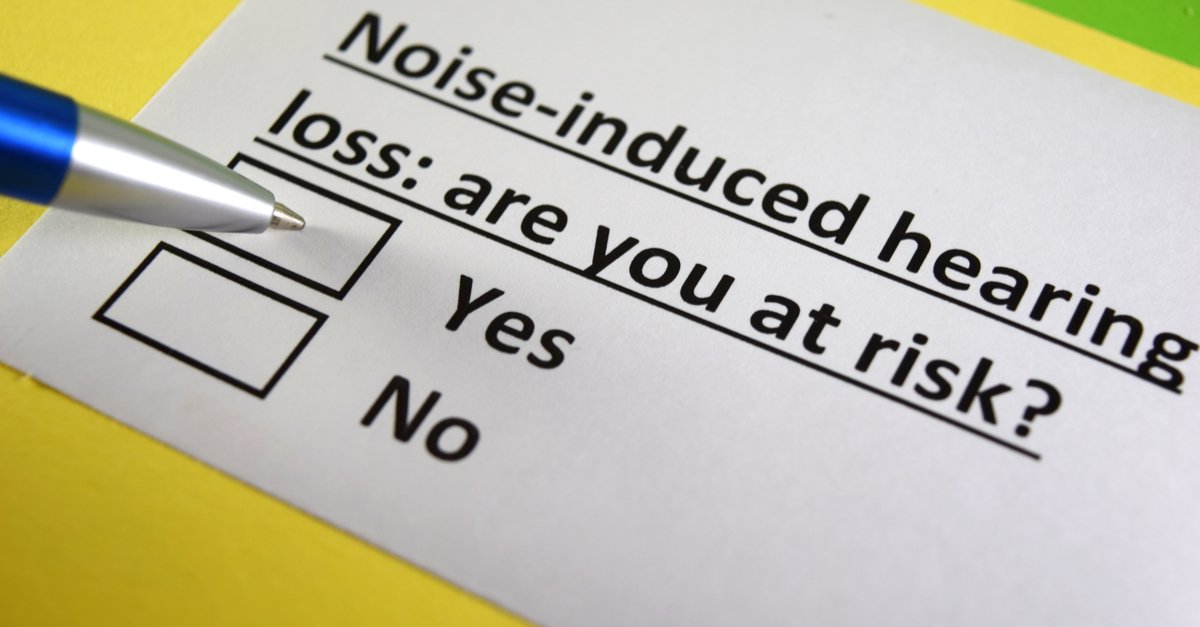
Loud sounds in the environment can permanently damage or destroy the tiny and fragile hair cells within the cochlea—the small, snail-shaped organ for hearing in your inner ear—and diminish your ability to hear a range of sounds. This damage, called noise-induced hearing loss (NIHL), can be immediate—from exposure to an extremely loud burst of sound, for example—or gradual, with sounds seeming muffled or conversations becoming more difficult to understand. Loud noise exposure can also cause tinnitus—a ringing, buzzing, or roaring in the ears or head. Tinnitus may be constant, occur occasionally, or subside completely after exposure to loud noise.
Noise-induced hearing loss and tinnitus are preventable. During National Protect Your Hearing Month in October—and throughout the year—the National Institute on Deafness and Other Communication Disorders (NIDCD) offers science-based resources to help you maintain your hearing health.
Anyone can develop NIHL at any age. According to the U.S. Centers for Disease Control and Prevention (CDC), about 40 million U.S. adults ages 20 to 69 have NIHL, and a quarter of U.S. adults who report having good to excellent hearing already have hearing damage in one or both ears.
Children are also at risk for NIHL. It’s a Noisy Planet. Protect Their Hearing.® is the NIDCD’s public education campaign to increase awareness among parents of preteens about the causes and prevention of NIHL. Helping children practice healthy hearing habits is a major focus of the campaign.
Some hearing hazards may surprise you. If you find yourself in a setting where you are shouting to be heard over noise in the environment, chances are that your hearing, if unprotected, is at risk. Also, listening to music or other sounds at high volume through headphones or earbuds is hazardous. In general, the louder the sound, the faster NIHL can develop.
Sound is measured in units called decibels. Sounds at or below 70 A-weighted decibels (dBA) are generally safe. Long or repeated exposure to sounds at or above 85 dBA can cause hearing loss.
Here are some decibel ratings for common sounds:
- Normal conversation: 60-70 dBA
- Lawnmowers: 80 to 100 dBA
- Sports events: 94 to 110 dBA
- Sirens from emergency vehicles: 110 to 129 dBA
- Fireworks: 140 to 160 dBA
Decibel meters are one way to measure potential hazards to your hearing health. The Sound Level Meter smartphone app developed by the CDC’s National Institute for Occupational Safety and Health (NIOSH) is one example of a decibel meter app that helps workers evaluate sound risks in their environments so they can develop strategies to prevent hearing damage.
Protect your hearing by consistently and correctly wearing ear protection, such as earmuffs or earplugs, if you anticipate being exposed to loud noises. Keep hearing protectors with you, just in case the sound is louder than you expected. Turn the volume down when possible. And if you can’t avoid loud sounds, try to move away from them.
—National Institute on Aging

